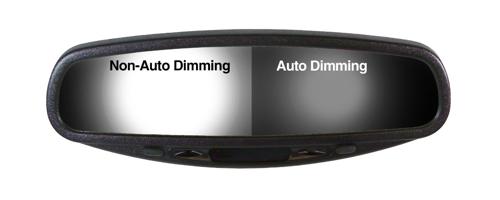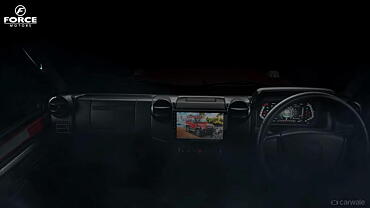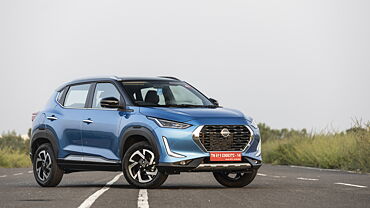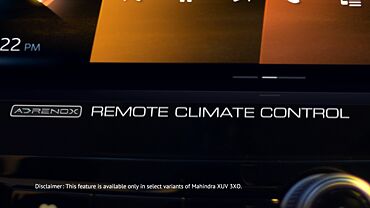Driving down the open road under the night sky has an inexplicable charm about it. Since the time when headlights first made their appearance on cars, motorists have found themselves being enamoured with driving in the night. That urge is something that has continued to the present day. In-fact, as technology on new cars as well as a road infrastructure improved over the years, night driving has only increased.

As every driver on the road knows, that it is one thing to be driving alone at night, but when there’s other motorists behind you, it can quickly turn into a dazzling game that can catch the unsuspecting motorist unawares. This is where technology such as the auto-dimming mirror comes into play. Simply put, the the auto-dimming mirror allows drivers to motor along undisturbed even with headlight beams from the other cars following behind.
There is something called as the Troxler effect that lies at the root of these dimming mirrors being invented. Every motorist knows that it is not the direct headlight beam reflecting off the mirror into their eyes that is the problem. It is the period of pure darkness that follows which has the potential to put them into serious trouble.
Mirror manufacturers have tried various approaches to get to an agreeable solution to the problem. The dimming mirror essentially goes from being clear to gaining a tint, varying its opacity in reaction to light reflecting off it. Most of the mass-market, budget cars still have to be manually switched between the modes. On the other hand, more & more new cars are starting to come equipped with auto-dimming mirrors as the technology required becomes increasingly feasible on the price front.
Most dimming mirrors are made of two glass surfaces that contain a gel which is sensitive to electricity. The system uses dual light detecting sensors which react based on the ambient light levels. The sensors react to any glare on the mirror and trigger off a small electric charge which in turn changes the mirror’s opacity, thereby improving visibility for the driver. They revert to their original status, as does the mirror’s opacity, as the glare passes over.
As more and more new cars start to come equipped with this relatively simple, but important piece of technology, life is becoming better. Road safety levels start to go up and more people get to experience the joy of motoring along under the night sky.


























